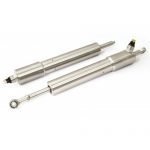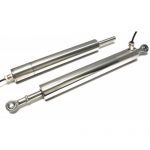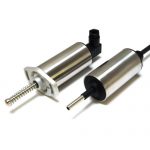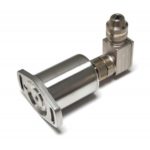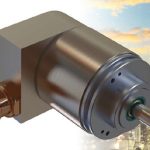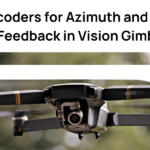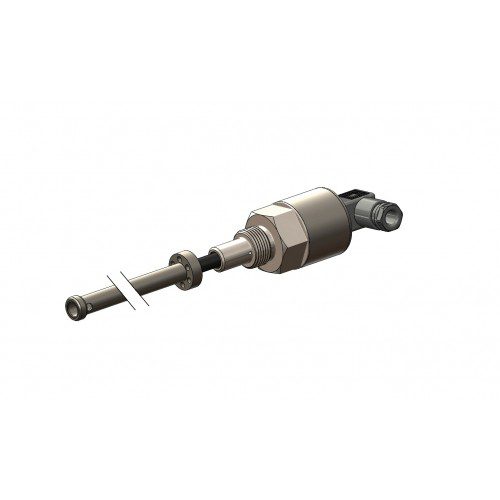
Positek
G130
Part no.: G130
Key Features
• CSA approved to: Class I, Zone 0
• Sensor Mounting: In-cylinder
• Available in any measurement range from 0-400mm to 0-1485mm
• Sealed to IP65/67 depending on connector/cable option
The intrinsically safe G130 is CSA approved for use in potentially explosive gas/vapour atmospheres. It is designed for demanding hydraulic or pneumatic cylinder position feedback applications where service life, environmental resistance and cost are important and is ideal for OEMs seeking good sensor performance for arduous applications in hazardous areas.
Overall performance, repeat-ability and stability are outstanding over a wide temperature range. The unit is highly compact and space-efficient, being responsive along almost its entire length. Like all Positek sensors, the G130 provides a linear output proportional to displacement. Each unit is supplied with the output calibrated to the travel required by the customer, from 0-400mm to 0-1485mm and with full EMC protection built in.
The sensor is very rugged, being made of stainless steel with an inert fluoropolymer-sheathed probe and stainless steel target tube. The sensor is easy to install in cylinders and has a wide range of mechanical options. Environmental sealing is to IP65 or IP67 depending on selected cable or connector options.
Positek intrinsically safe sensors are designed to be used with a galvanically isolated amplifier . Approved galvanic isolation amplifiers (G005) are available from Positek; there is a choice of 0.5-9.5V or 4-20mA transmission outputs.
The sensor can be installed with a cable length up to 1km between the sensor and the amplifier.
Specifications
Specifications
Model Number Builder
Model Number Builder
"*" indicates required fields
